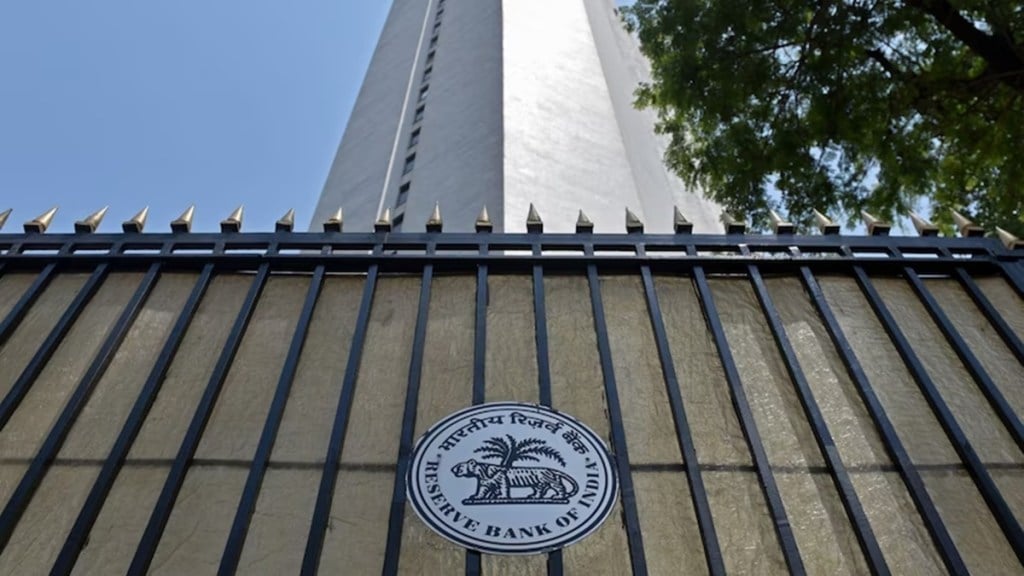By Christina Titus
Following the monetary policy’s surprise moves that included a 50-bps rate cut, some banks have expanded corporate bond portfolios to protect margins and deploy excess liquidity, according to market participants.
With the yield curve steepening, lenders have started tapping short-tenure papers, primarily up to three years, in the corporate bond market, they said.
“We have diversified our book to include corporate bonds after the policy. The trend is similar for many banks as there is a chase for yields. Rather than investing in low-yield government bonds, one would prefer high-yield corporate bonds,” said the treasury head of a bank, adding that he has increased the corporate bond exposure by 15%.
Said a dealer with a public sector bank, “Since most of the players are not expecting any more rate cut, they want to reduce their duration. Their appetite is more on tenures of up to three years, at best, it may stretch up to five years.”
The attractive spread has also contributed to the recent rally, according to market participants. “Currently, there is an 80-bps spread between the two-year corporate bond, which is around 6.60%, and the two-year G-Sec, which is near 5.80%. This could be the reason for the current purchasing since spreads are appealing on the shorter end of the curve,” said Devang Shah, head – fixed income, Axis Mutual Fund.
The increased number of issuances is also reflecting the growing demand. For example, 63% of total insurances since the MPC were in maturities of up to three years, up from 49% in May, according to data sourced from Bloomberg. In June, the total issued amount stood at Rs 1.04 lakh crore.
Besides the rate cut, the Reserve Bank of India also announced a 1% reduction in the cash reserve ratio (CRR) and the change in the stance from ‘accommodative’ to ‘neutral’. The CRR cut will unlock Rs 2.5 lakh crore into the banking system in four tranches with effect from September.
Increased systemic liquidity could be another reason behind banks parking their funds at these bonds. Said Shah “Given the increased liquidity in the financial system and the slow expansion of credit, banks could park their excess liquidity in bonds with shorter maturities.”
The liquidity in the banking system surged on account of RBI’s consistent measures such as open market operations, daily variable rate repo auctions and forex swaps since January. The liquidity surplus averaged at Rs 2.74 lakh crore in June.
While the policy has further steepened the yield curve, short-duration bonds responded to the rate reduction as well as the promise of adequate liquidity from the CRR cut. The longer end of the curve has remained range bound, being watchful of how the stance will come into play.
Lenders primarily preferred AAA-rated bonds issued by state-owned entities and financial institutions in maturities of up to three years to add up their portfolios.

